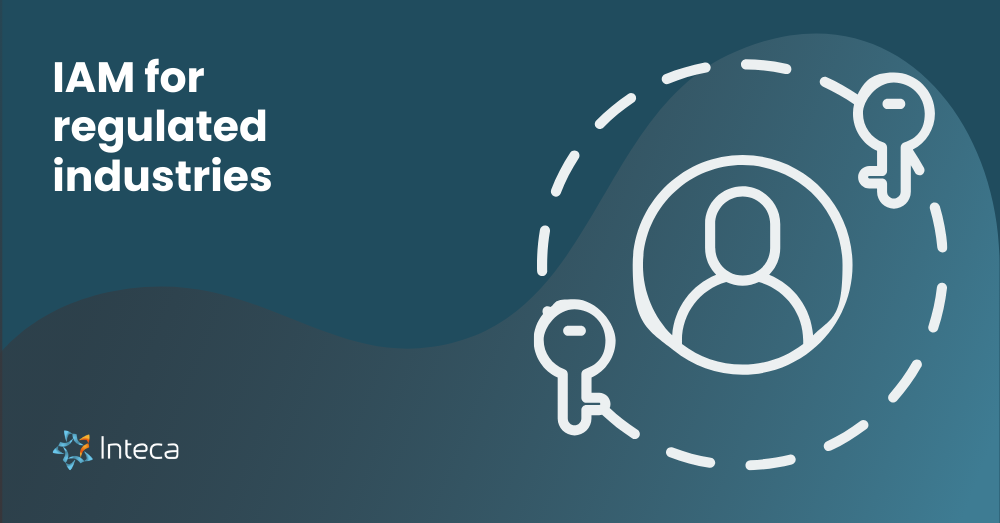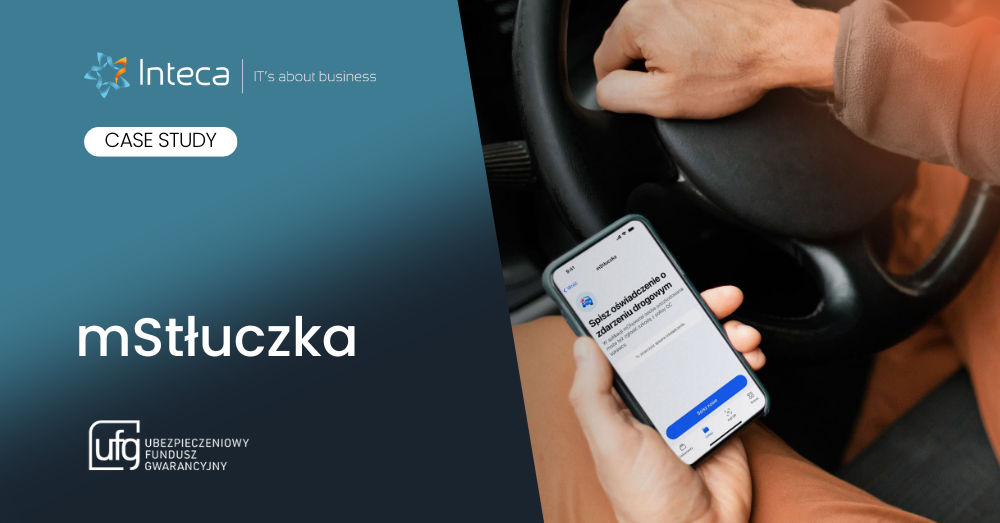What is identity management (ID management)?
Identity and access management (IAM) is a foundational framework that ensures appropriate access to systems and data by managing user identities and their access rights. IAM systems help companies control access to sensitive information through secure authentication, access control policies, and lifecycle management of user accounts.
Why is IAM important in regulated industries?
IAM plays a pivotal role in maintaining compliance with regulatory requirements such as the General Data Protection Regulation (GDPR), HIPAA, and PSD2. For sectors like banking, healthcare, and government, IAM ensures secure access to critical resources while enforcing security policies that reduce the risk of unauthorized access.
Effective IAM solutions are designed to:
- Prevent unauthorized access to sensitive data
- Enforce role-based access control and manage user roles
- Support compliance with regulatory standards
- Improve data protection and cybersecurity posture
IAM helps organizations implement consistent access policies and meet compliance demands through the management of user identities and digital identities.
What defines a top IAM solution for regulated sectors?
When selecting an IAM solution, regulated industries should prioritize:
- Regulatory compliance: Support for standards like FIDO2, SAML, OAuth 2.0
- Deployment options: SaaS, hybrid, and on-premises IAM implementation
- IAM processes: Access governance, identity verification, and lifecycle automation
- Security posture: Adaptive MFA, passwordless authentication, risk management
- Integration: Compatibility with legacy systems and cloud-native apps
An effective IAM strategy can help organizations control access, manage user identities, and ensure secure access to the right systems and data.
1. Red Hat build of Keycloak (Managed by Inteca)
Best for: Regulated industries needing IAM compliance, data security, and control
Inteca delivers a managed IAM solution based on the Red Hat build of Keycloak. This IAM system is Kubernetes-native and tailored for regulated industries like banking and public services. It enforces access control policies and supports identity governance through advanced features.
Key components of IAM provided:
- Lifecycle management via GitOps and Helm
- Compliance with regulatory requirements (GDPR, ISO)
- Role-based access and federated identity
- Secure access through adaptive MFA and passwordless methods
- Transparent IAM pricing and SLA-backed support
Explore Inteca’s Managed Keycloak
2. IBM Verify
Best for: Enterprises needing complex identity and access management strategies
IBM Verify plays a crucial role in IAM implementation for financial and government sectors. This IAM solution supports delegated administration, secure access, and compliance with regulatory standards.
IAM security highlights:
- IAM strategies for IoT and OpenBanking
- Multi-persona user access rights management
- Consistent access governance and privacy enhancements
Considerations:
- Market awareness in CIAM is limited
- Targeted mostly at large organizations
3. Microsoft Entra ID (formerly Azure AD)
Best for: Organizations seeking IAM integration with Microsoft ecosystems
Microsoft Entra ID ensures that access rights are consistently enforced across workforce and customer identities. It supports identity governance, regulatory compliance, and user lifecycle management.
Key IAM features:
- Role-based access control across applications
- Support for passkeys, SCIM, CAEP, and FIDO
- Strong global identity and access management strategy
Limitations:
- Complex IAM processes and CIAM product overlap
- Custom flows require significant configuration
4. Okta Identity Cloud
Best for: Large enterprises requiring scalable identity management
Okta is among the leading IAM vendors offering feature-rich solutions for both CIAM and workforce IAM. It helps manage user access and mitigate the risk of unauthorized access through security policy enforcement.
IAM best practices supported:
- Digital identity lifecycle management
- Access control for sensitive data with bot and fraud detection
- Advanced orchestration for user access workflows
Drawbacks:
- High cost relative to other IAM solutions available
- Heavy concentration of users in North America
5. CyberArk Identity
Best for: Companies prioritizing security policy enforcement and PAM integration
CyberArk extends its PAM leadership into IAM systems with strong risk management capabilities. It supports IAM compliance with advanced authentication features and access policies.
IAM strengths:
- Adaptive MFA to prevent unauthorized access
- CORA AI for threat detection and access governance
- Strong IAM security for privileged identities
Challenges:
- Limited CIAM reach compared to competitors
- Pricing may be prohibitive
6. Entrust Identity as a service
Best for: Public institutions and banks needing flexible IAM deployment
Entrust offers IAM solutions that meet compliance with regulatory requirements through decentralized identity, secure authentication, and low-code orchestration. It ensures that users can access only what’s appropriate for their role.
IAM framework features:
- User-friendly implementation without third-party services
- Privacy-first design supporting healthcare and government sectors
- Enhanced ID verification via Onfido integration
Potential limitations:
- IAM marketing execution still evolving
- Focused mainly on banking and public sectors
Final thoughts
IAM plays a crucial role in ensuring secure access to sensitive data and maintaining regulatory compliance in regulated industries. The right identity and access management platform—like Inteca’s managed Keycloak—can help reduce the risk of security incidents while meeting compliance requirements.




